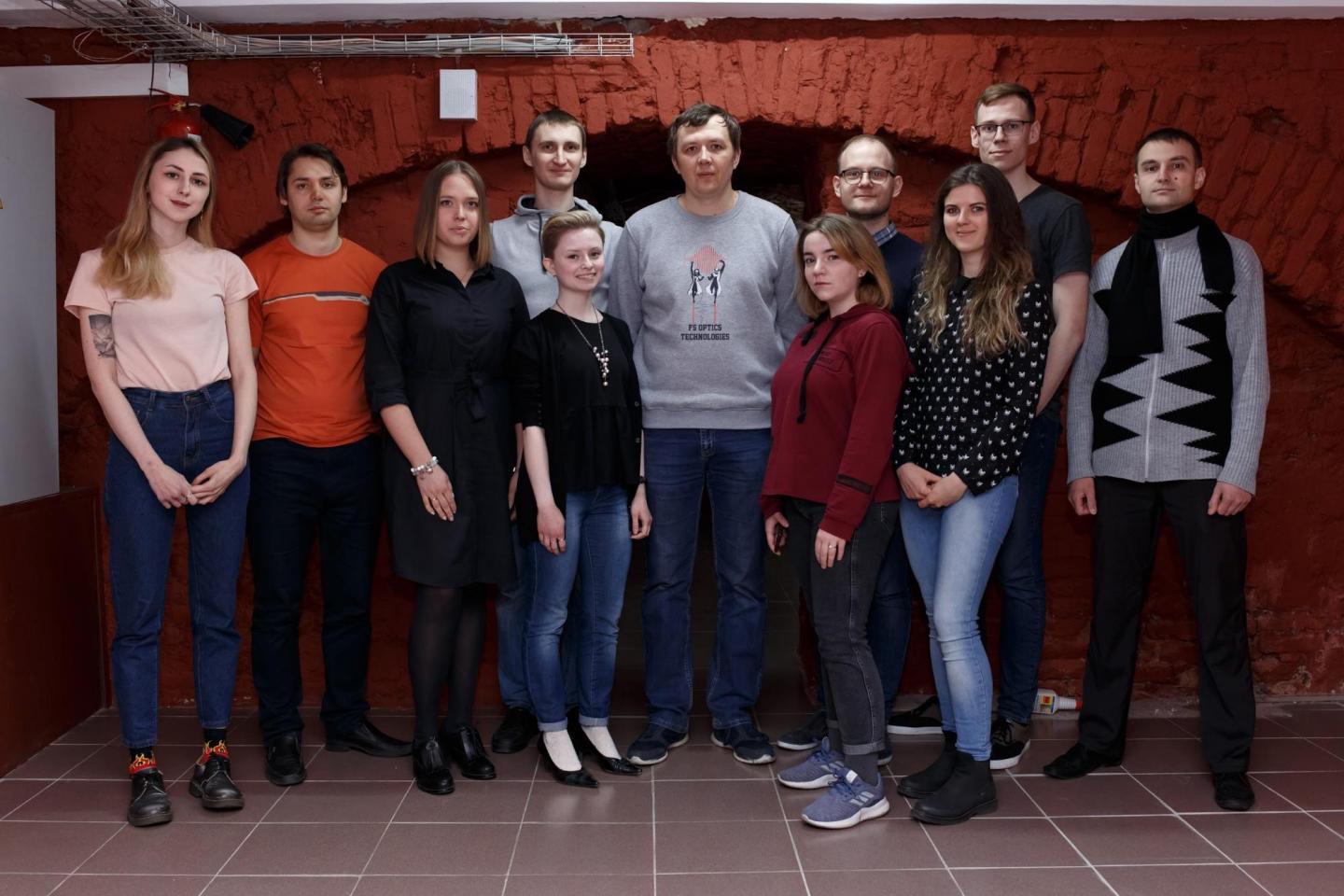A group of scientists from ITMO University have demonstrated the possibility of modifying terahertz pulses in order to use them for data transmission.

Credit: Faculty of Photonics and Optical Information
Researchers around the world are working on ways to transfer data in the terahertz (THz) range, which would make it possible to send and receive information much faster than what is allowed by today’s technology. But the issue they’re facing is that it is much more difficult to encode data in the THz range than in the GHz range, which is currently used by 5G tech. A group of scientists from ITMO University have demonstrated the possibility of modifying terahertz pulses in order to use them for data transmission. An article on this subject was published in Scientific Reports.
Telecommunications companies in advanced economies are beginning to adopt the new 5G standard, which will endow users with previously-unseen wireless data transfer speeds. Meanwhile, as the world makes its first steps towards this new generation of data networks, scientists are already at work on its successor. “We’re talking about 6G technologies,” says Egor Oparin, a staff member of ITMO University’s Laboratory of Femtosecond Optics and Femtotechnologies. “They will increase data transfer speeds by anywhere from 100 to 1,000 times, but implementing them will require us to switch to the terahertz range.”
Today, a technology for simultaneous transfer of multiple data channels over a single physical channel has been successfully implemented in the infrared (IR) range. This technology is based on the interaction between two broadband IR pulses with a bandwidth measured in tens of nanometers. In the terahertz range, the bandwidth of such pulses would be much larger – and so, in turn, would be their capacity for data transfer.
But before we begin to consider 6G technology, scientists and engineers will need to find solutions to numerous crucial issues. One such issue has to do with ensuring the interference of two pulses, which would result in a so-called pulse train or frequency comb used to encode data.
“In the terahertz range, pulses tend to contain a small number of field oscillations; literally one or two per pulse,” says Egor Oparin. “They are very short and look like thin peaks on a graph. It is quite challenging to achieve interference between such pulses, as they are difficult to overlap.”
A team of scientists at ITMO University has suggested extending the pulse in time so that it would last several times longer but still be measured in picoseconds. In this case, the different frequencies within a pulse would not occur simultaneously, but follow one another in succession. In scientific terms, this is referred to as chirping or linear-frequency modulation. However, it comes with another challenge: although chirping technologies are quite well-developed in regards to the infrared range, there is a lack of research on the technique’s use in the terahertz range.
“We’ve turned to the technologies used in the microwave range,” says Egor Oparin, who is a co-author of the paper.
“They actively employ metal waveguides, which tend to have high dispersion, meaning that different emission frequencies propagate at different speeds there. But in the microwave range, these waveguides are used in single mode, or, to put it differently, the field is distributed in one configuration, in a specific, narrow frequency band, and, as a rule, in one wavelength. We took a similar waveguide of a size suitable for the terahertz range and passed a broadband signal through it so that it would propagate in different configurations; because of this, the pulse became longer in duration, changing from two to about seven picoseconds, which is three and a half times more. This became our solution.”
By using a waveguide, researchers have been able to increase the length of the pulses to a duration that is necessary from a theoretical standpoint. This made it possible to achieve interference between two chirped pulses that together create a pulse train. “What’s great about this pulse train is that it exhibits a dependence between a pulse’s structure in time and the spectrum,” says the scientist. “So we have temporal form, or simply put field oscillations in time, and spectral form, which represents those oscillations in the frequency domain. Let’s say we’ve got three peaks, three substructures in the temporal form, and three corresponding substructures in the spectral form. By using a special filter to remove parts of the spectral form, we can “blink” in the temporal form and the other way around. This could be the basis for data encoding in the terahertz band.”
###
Media Contact
Alena Gupaisova
[email protected]
Related Journal Article
http://dx.





